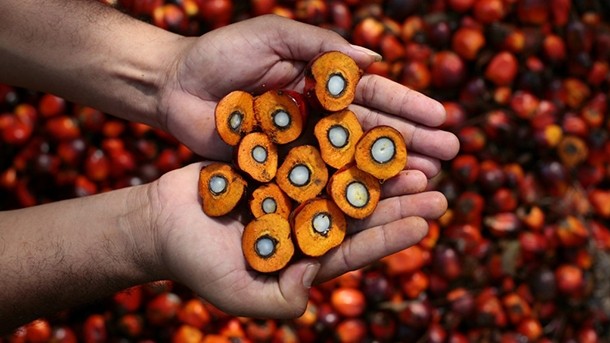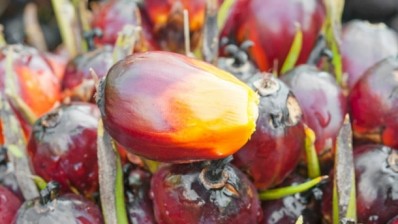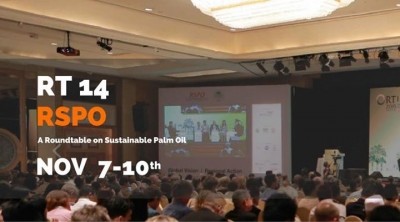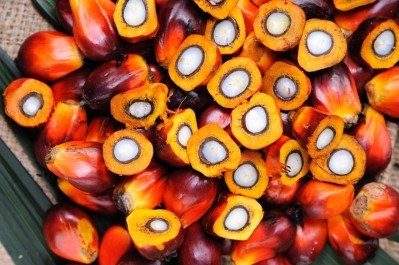Soapbox
India and China must be part of the green palm oil process

The majority of the uptake of certified oil has been in Europe and the United States, where palm oil is used as an ingredient in consumer goods products, rather than as a cooking oil, which is the predominate palm oil use in Asia.
There has been considerable discussion about which supply chain mechanism for sustainable palm oil is the most appropriate. Many of the brands have expressed reservations about the use of the “book and claim” mechanism because the sustainable palm oil is not physically present in the product they produce and this represents a communications challenge to their consumers.
As a result, they have a strong preference for “segregated” palm oil. Meanwhile, segregated oil represents a challenge due to the complexities presented in the palm oil supply chain.
The certified oil must be stored separately, refined separately, and shipped separately from all other oils to avoid blending with non certified oil, and this comes with additional costs and inefficiencies.
Economies of scale are achieved over time as demand grows and a critical threshold is achieved, enabling the conversion to a segregated supply chain with minimal incremental cost.
Over the past few years, the volumes of segregated oil have increased, primarily in the European market, where there has been sufficient demand and volume to achieve economies of scale.
This transition to a more segregated market in Europe was enabled by the use of Green Palm certificates, which initially provided lower barriers to entry for sustainable palm oil, without adding costly complications in logistics and processing with the initial volumes.
In order for the RSPO to successfully transform the palm oil industry, key markets such as China and India must be part of the process.
These two markets alone represent almost 30% of global palm oil consumption, where palm oil is used predominately as a frying oil, and consumers are very price sensitive.
While work is underway in educating these markets on sustainable palm oil, these markets have had minimal uptake in RSPO certified oil.
The use of Green Palm certificates can and should play a key enabling process to facilitate and introduce certified sustainable palm oil into these vital markets.
As volumes grow, and critical mass is achieved, the transition to a segregated supply chain can then be achieved in a cost effective and efficient fashion.
Green Palm certificates are uniquely positioned to play a crucial role in the transformation process of these key palm oil markets.












